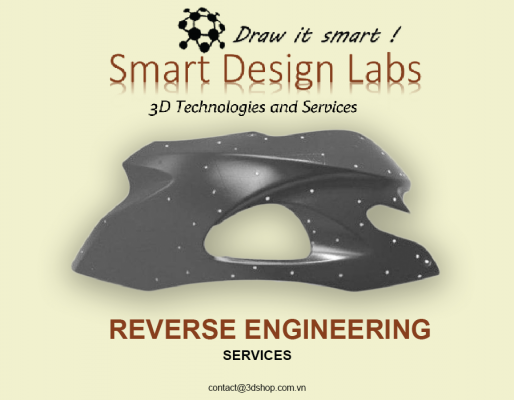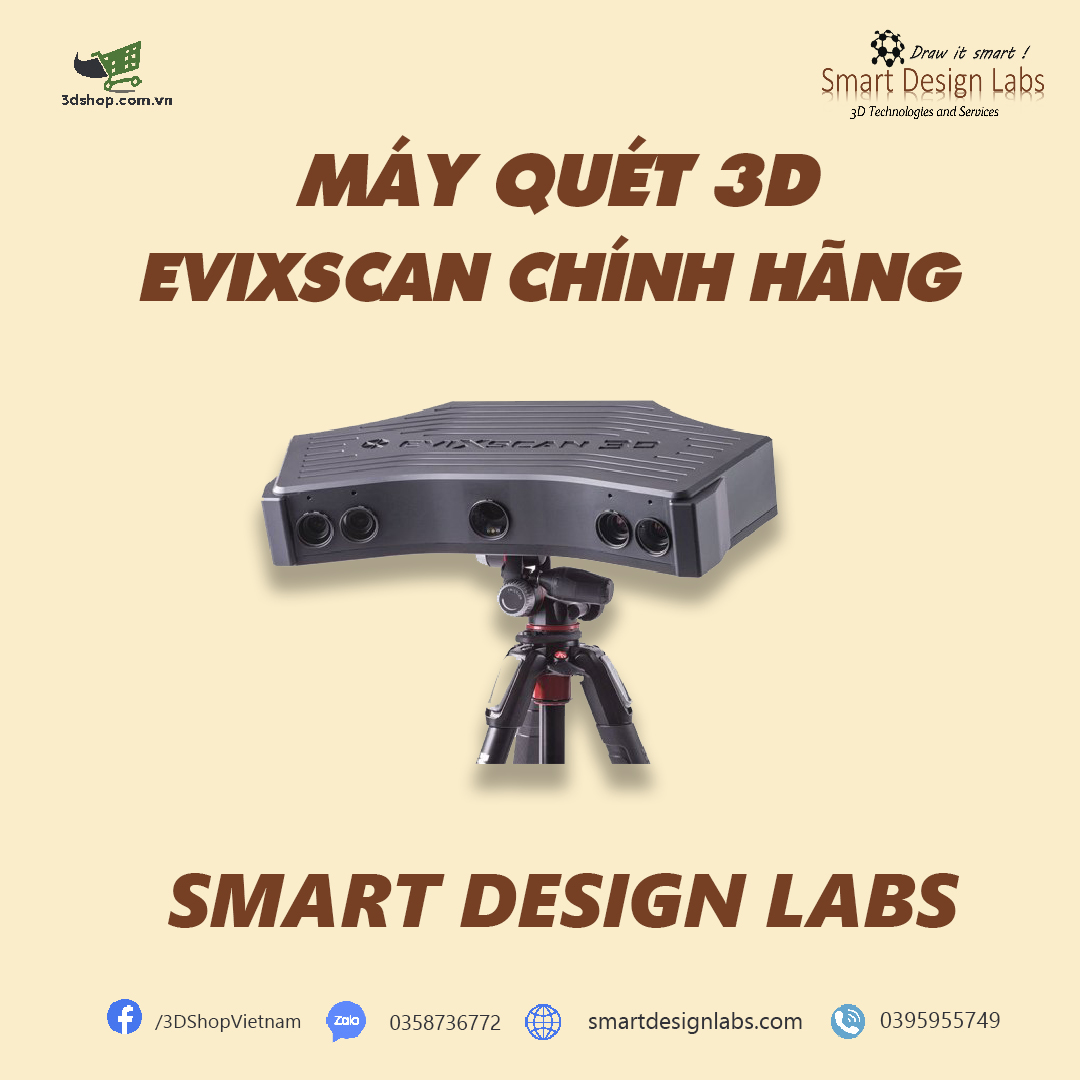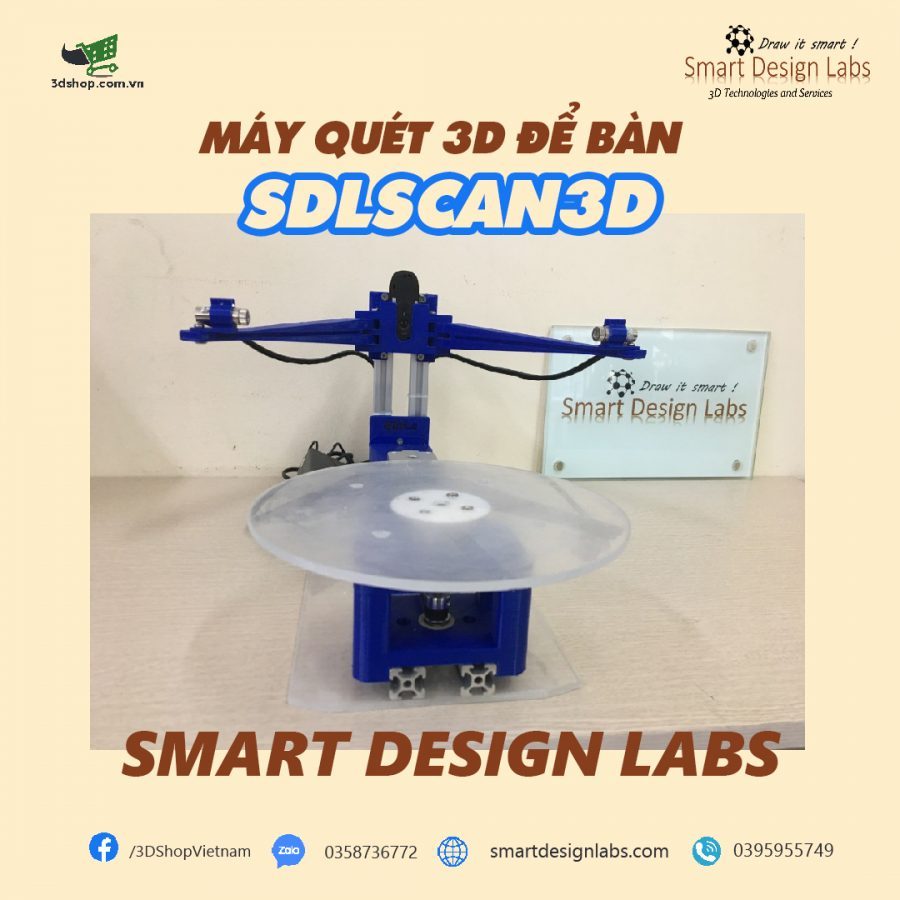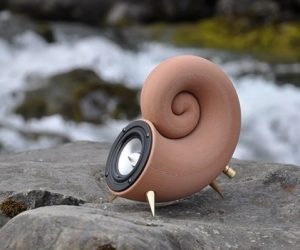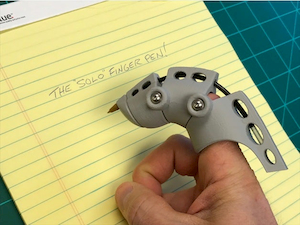3D Printing and solution to organ transplant shortage – Every year, there are 120,000 people on organ transplant waiting list in the United States alone, 8000 of whom died waiting for an organ transplant (Ossola, 2017 [1]). 3D Bioprinting can become a possible solution to the current organ shortage problem.

3D Printing and solution to organ transplant shortage
Scientists in Australia have made a step closer to 3D printing human organs. Quoted from Jeremy Crook, who led the research team, by Salleh (2017) [2], the bio-ink material used during the research process are Human Induced Pluripotent Stem Cells (iPSC). These cells have the capability to develop into any type of body cells, capable of replacing body tissues, even an organ. According to Crook, the use of stem cells can circumvent the body’s Immune system from automatically reject the transplanted organ, which is common in organ transplant (Salleh, 2017 [2]). With 3D Printer and bio-ink, Crook’s research team has succeeded in 3D Printing neurons that produce GABA and Serotonin, as well as supporting cells called Neuroglia.
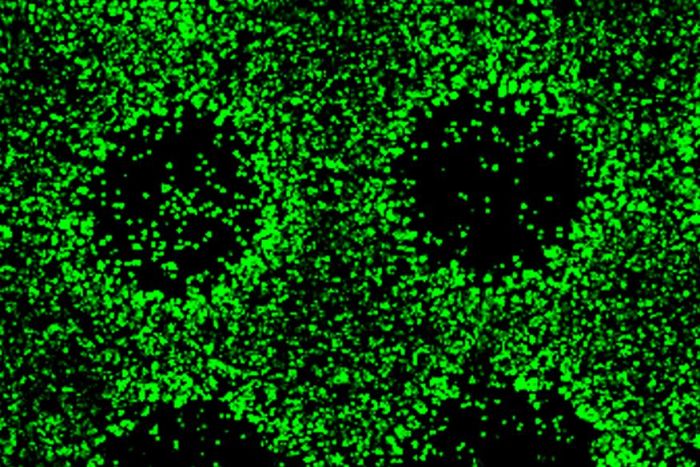
3D Printing and solution to organ transplant shortage
(Picture: close-up of a “scaffold” of 3D-Printed iPSC. Salleh (2017) [2])
According to Lewis (2017) [3], 3D Bioprinting is not something new. Organovo, a San Diego-based company, has been researching 3D Bioprinting since 2007, and they have reached certain achievements in 3D printing lungs, kidneys and heart muscles. In 2015, Organovo declared a plan to collaborate with L’Oreal to supply 3D-Printed human skin. The ultimate goal is to eliminate the need for animal trials. Moreover, L’Oreal is working with start-up company Poietis in 3D-printing hair follicles. Instead of forcing ink out through a nozzle, Pioetis uses laser to deposit cells at 10,000 drops per second. This method is quite simple and similar to Inkjet printing (Lewis, 2017) [3]
However, 3D Printing a complete organ remains a great challenge for 3D printers. The greatest challenge lies in the blood vessels, as they still proved too small to be 3D printed. NASA is currently offering a $500,000 award for any research team who can 3D print a 1cm human tissue with fully functional blood vessels capable of surviving for 30 days in vitro.
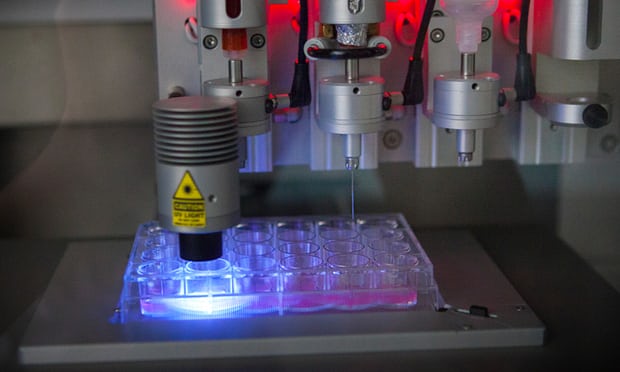
3D Printing and solution to organ transplant shortage
(Picture: RegenHU 3D Bioprinter at Zurich University of Applied Sciences. Source: Lewis (2017) [3])
3D Printing technology is forecasted to achieve the capability for 3D bioprinting demands within the next 6 years. With the projection at $1.3bn by 2021, 3D Printing technology promises to strongly develop in the future.
References:
[1] Ossola, A., 2017, “Crisis in America: Medical experts use new tech tools to combat the organ transplant shortage” [ONLINE]. Available from CNBC at URL: https://www.cnbc.com/2017/06/20/medical-experts-use-new-tech-tools-to-combat-organ-transplant-shortage.html
[2] Salleh, A., 2017, “Scientists create 3D-Printed brain-like tissue from stem cells” [ONLINE]. Available from ABC at URL: http://www.abc.net.au/news/science/2017-07-26/scientists-create-3d-printed-brain-like-tissue-from-stem-cells/8740794
[3] Lewis, T., 2017, “Could 3D Printing solve the organ transplant shortage” [ONLINE]. Available from The Guardian at URL: https://www.theguardian.com/technology/2017/jul/30/will-3d-printing-solve-the-organ-transplant-shortage
- 3D Printing service at Smart Design Labs Vietnam:
- Công ty TNHH Smart Design Labs
Địa chỉ: Phòng 305B, số 86 Lê Trọng Tấn, Khương Mai, Thanh Xuân, Hà Nội.
Số điện thoại: 024 7300 1262
Hotline: 039 595 5749 | 035 873 6772
Email: contact@3dshop.com.vn
Facebook: Smart Design Labs Co., Ltd.
Tags: In 3D, 3D Printing, Quét 3D, 3D Scanning.





